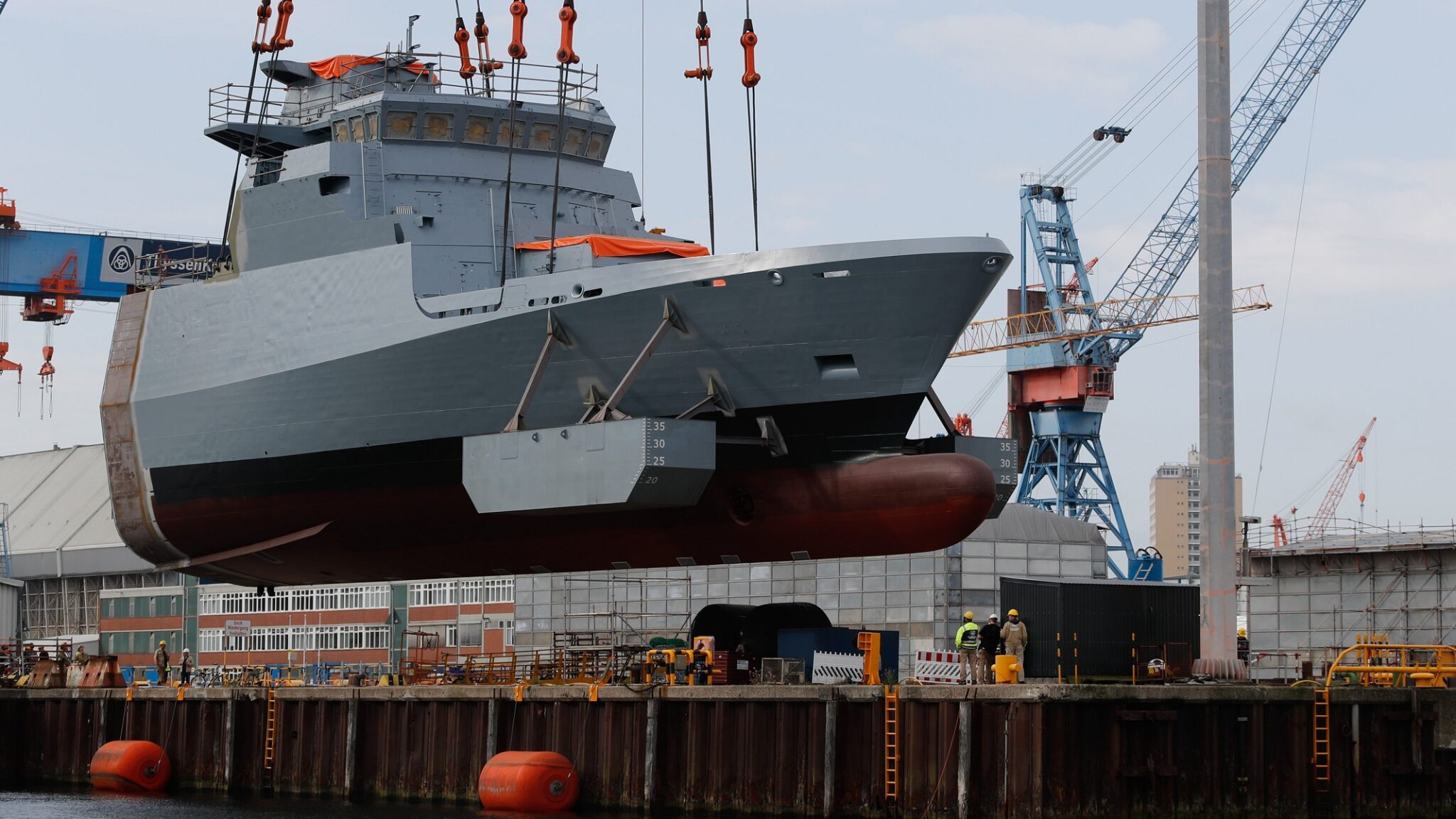Todjaeger
Potstirrer
As @Volkodav mentioned, it was a gov't decision, not a RAN one. Further, decisions which dictated what would end up getting selected were made more than five years ago and much closer to if not more than a decade ago. The 2013 Defence White Paper specifically mentioned Offshore Patrol Vessels when discussing replacement of the Armidale-class patrol boats whilst mentioning that a modular ship approach like was originally suggested for the OCV in SEA 1180 could remain a possibility for the future. We are nearing the ten year mark since that was published, and the decision to go with an OPV for SEA 1180 instead of the OCV was suggested in the 2009 White Paper would have been made some time prior to publication...Surely the first question that should be asked is why the RAN can be trusted to spec a corvette when as recently as 5 years ago they couldn’t read the deteriorating security situation/select an appropriate class or armed vessel….
Honestly, this just keeps getting back to issues I have been banging on about in this thread for a while recently. Namely the sheer amount of time it actually takes for many defence systems, naval especially, to get brought into service.
Back on 17 April 2016 PM Turnbull announced that the initial OPV's would be built in SA, and that three designers had been short-listed for the OPV, but it would be more than a year and a half (24 November 2017) before Lürssen would be announced as the prime. Nearly a year later the name Arafura would be released for the class by the CN, with the lead ship getting laid down on 10 May 2019 and entry into service expected some time this year, which is starting to draw to a close. That suggests a 10+ year timeline between when the idea of OPV's is raised and lead ship initially entering service.
A key takeaway from that sort of timeline is that if people decide that corvettes instead of OPV's are what should have been ordered, that decision should have been made no later than when the section on Naval Forces was getting written for the 2013 White Paper, which would likely have been some time towards the end of 2012. Another key takeaway is that whilst options for corvettes are now being looked as either an adjunct to or replacement for some of the Arafura-class OPV's, there is a very real possibility that OPV production run will have been completed before there is a corvette design that is ready for Australian production.
Right now it seems that questions are being asked and answers sought for whether or not corvettes would have a useful place in the RAN fleet and if yes, where/how they would be utilized. Such questions would of course have to be answered prior to a responsible gov't seeking designers for a hypothetical design, or even just going sole source with a familiar designer in an effort to expedite construction and entry into service.

